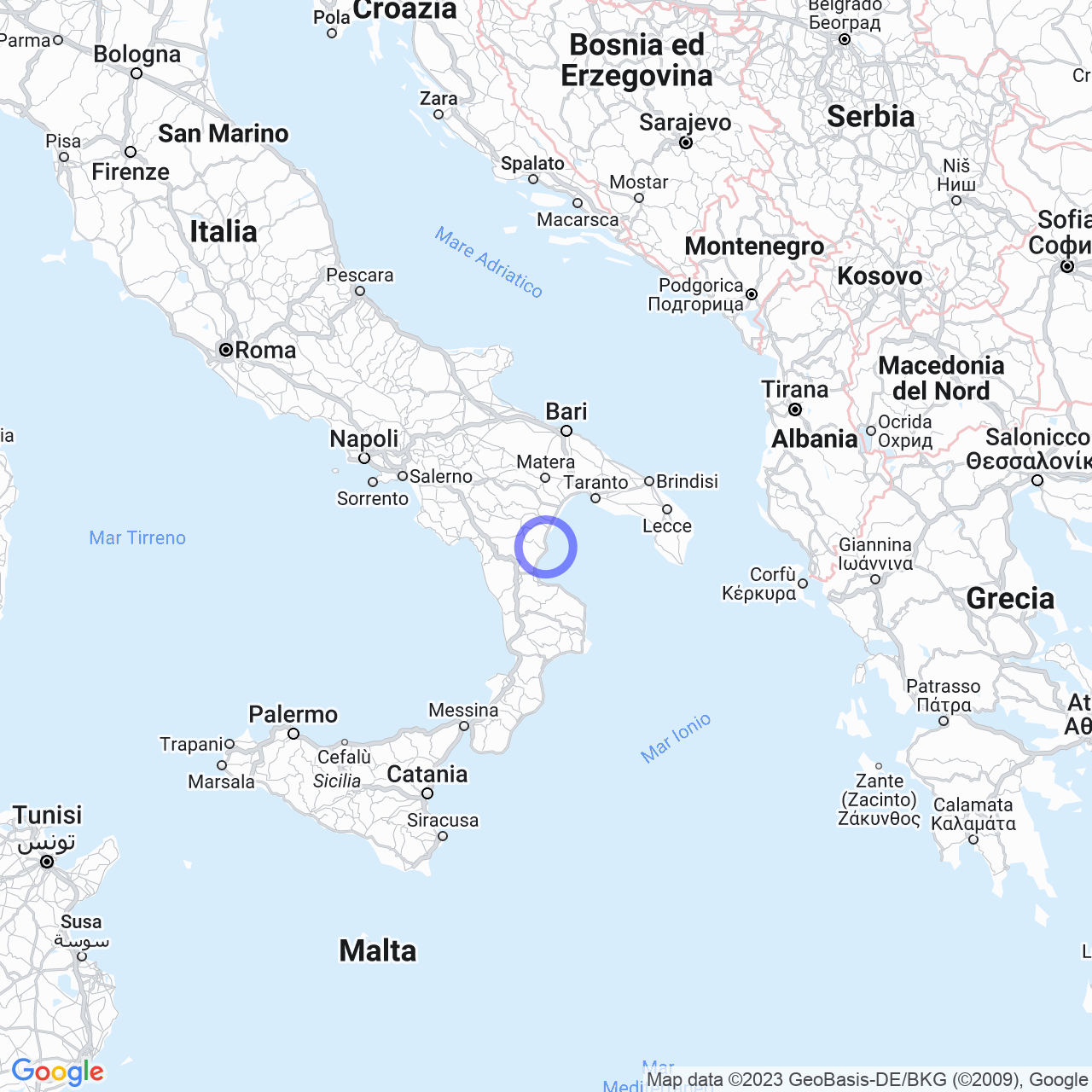Roseto Capo Spulico
Discovering the Municipality of Roseto Capo Spulico
Hello everyone! Today we will talk about Roseto Capo Spulico, an Italian municipality in the province of Cosenza. With its 1906 inhabitants, it is located in the Alto Ionio Cosentino and offers a wide view of the sea, thanks to its position at 217 meters above sea level. In this summary, I will talk about the history of this place, its monuments, and places of interest.
Origin of the name
The name Roseto has a Latin root, "rosetum", due to the cultivation of roses during the Greek-Roman era. In fact, these beautiful plants were grown to fill the pillows of Sybarite princesses. The name "Capo Spulico" was instead adopted in 1970, referring to the proximity of the town to Capo Spulico.

The history of Roseto Capo Spulico
Roseto Capo Spulico was founded around the 7th century B.C during the Magna Grecia period when it was one of the satellite cities of Sybaris. In the 10th century A.D, Prince Robert Guiscard built the Castrum Roseti, while it reached its maximum splendor in 1260 when the Castrum Petrae Roseti (Castle of Roseto) was built and given as a fief to the Barons of Marra. In the 16th century, Roseto Capo Spulico was the center of strong Albanian presence, and from 1623 to 1671 it was the fief of the Rende family of Bisignano, in the persons of the barons Lucantonio and Carlo. After a period of decline and submission to baronial power, in the early 1970s, the first "residences" were built that opened the doors to tourism in the Ionian Sea and Roseto Capo Spulico which over time has developed especially in the field of seaside tourism.
The symbols of Roseto Capo Spulico
The coat of arms and flag of the Municipality of Roseto Capo Spulico were granted by the decree of the President of the Republic on May 11, 1963.
Monuments and places of interest
If you are passionate about history and culture, the Castrum Petrae Roseti is the place for you. It is a medieval castle built by Frederick II of Swabia overlooking the sea, dating back to the 13th century. This place of cultural interest is already present in ancient nautical maps also present in the Map Room at the Vatican Museums.
Another very suggestive attraction is the Castrum Roseti, a small castle in the historic center. Instead, the ethnographic museum, already known as the museum of peasant civilization, houses over two thousand preserved objects, which will take you on a journey into the past and tradition.
The historic center of Roseto Capo Spulico
To appreciate the beauty of this municipality, you cannot miss the historic center of Roseto Capo Spulico, located on a hill that slopes down to the sea. Here you can visit the church of Santa Maria della Consolazione, dating back to the 14th century, the mother church of San Nicola Di Mira, located in the historic center, and finally the ancestral home of the writer Dante Maffia.
The beaches of Roseto Capo Spulico
If you love spending your days at the sea, Roseto Capo Spulico has a lot to offer. You can relax on the beaches of the coast, walk along the Achei promenade, or visit the Anvil rock and the mouth of Torrente Ferro. If you are a nature lover, you can explore the Roseto hinterland and admire its extraordinary landscapes.
Other attractions
Finally, two places we recommend visiting are the museum of shells founded by the poets Luciano Luisi and Dante Maffia located at the marina of Roseto and the Roberto Farina library also located at the marina.
In conclusion, Roseto Capo Spulico with its mix of history, culture, and natural beauty, represents an ideal destination for holidays. We cannot wait to visit this municipality again and discover more about this magical place in Calabria.
